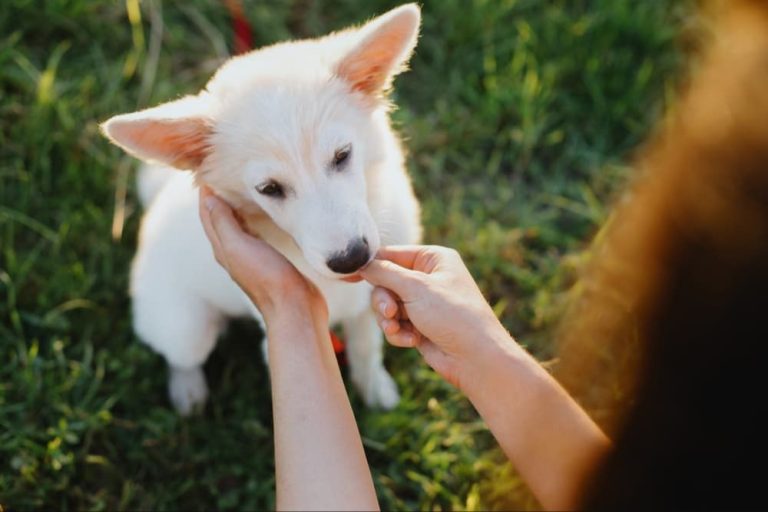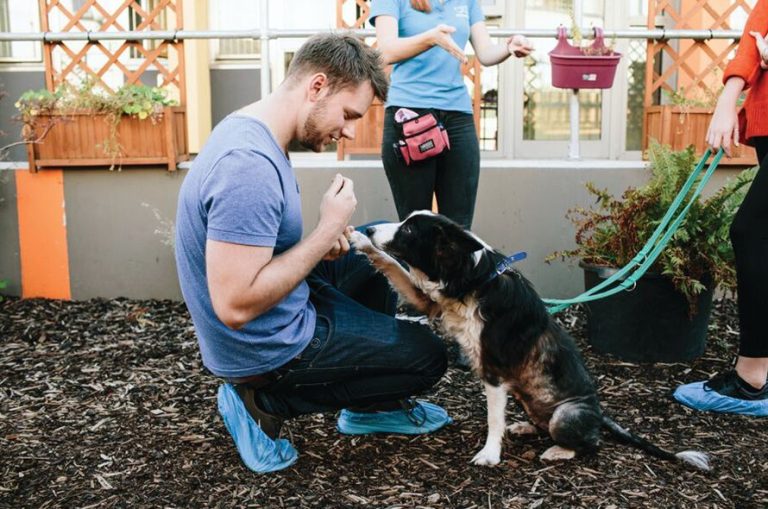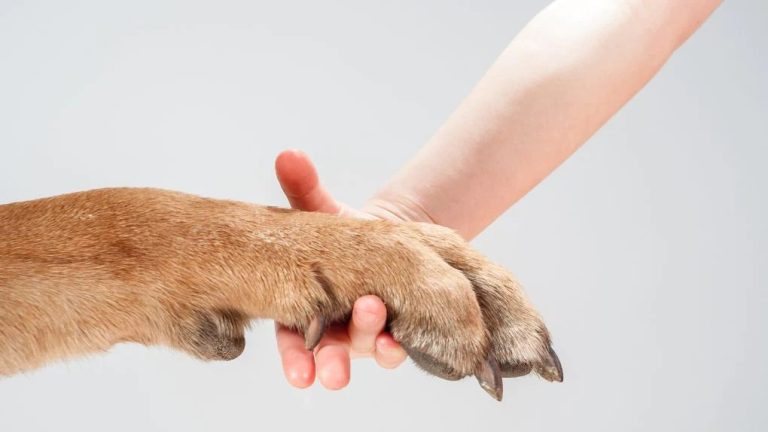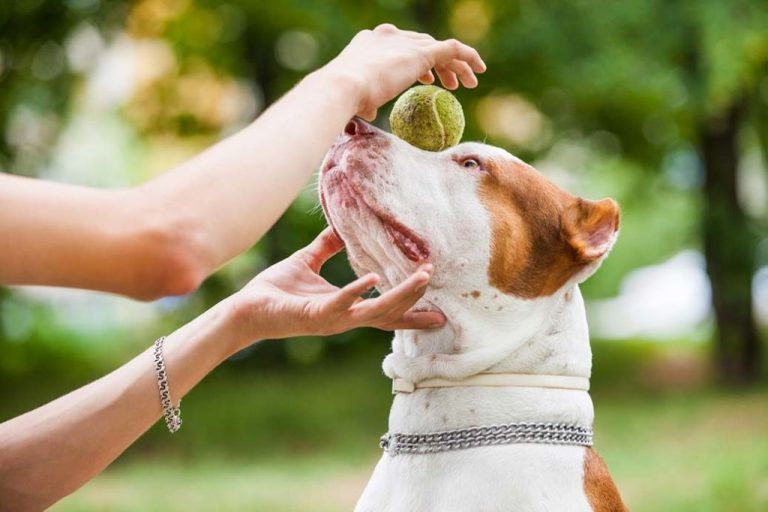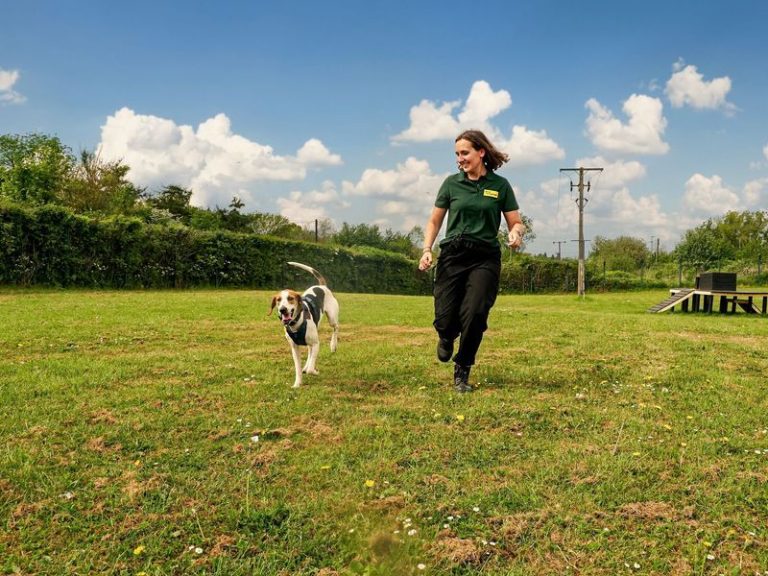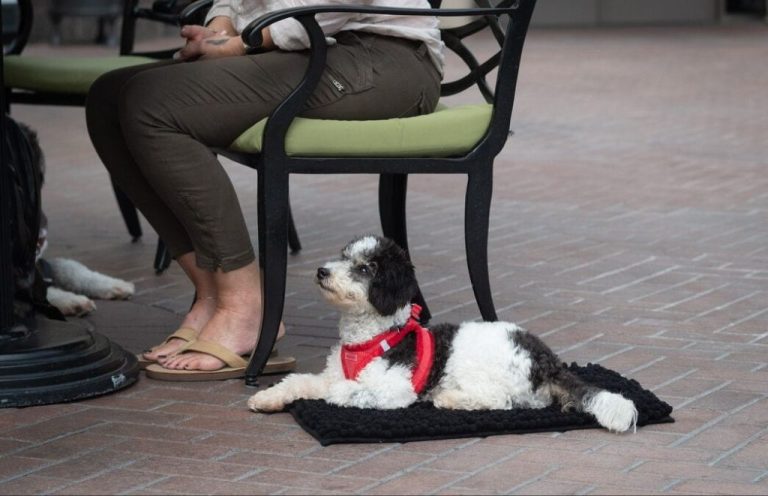Positive Reinforcement Techniques For Obedience Training
Positive reinforcement is a training method that involves rewarding desired behaviors in order to increase the likelihood that they will be repeated. The goal is to reinforce good behavior, rather than punishing bad behavior. There are several different positive reinforcement techniques that can be used for obedience training dogs.
Some of the main benefits of positive reinforcement training are that it helps build a strong bond between dog and owner, it’s more effective for long-term learning, and it’s mentally stimulating and enjoyable for the dog (https://www.humanesociety.org/resources/positive-reinforcement-training). Positive reinforcement uses rewards to shape behavior in a positive way, while avoiding fear, pain, or intimidation.
This guide will provide an overview of some of the most effective positive reinforcement techniques that can be used for obedience training dogs and puppies. The methods discussed include ignoring unwanted behaviors, using food rewards, praise, play, and variable reward schedules.
Ignore Unwanted Behaviors
One of the most important techniques in positive reinforcement training is to ignore unwanted behaviors. Giving attention, even negative attention, can inadvertently reward and reinforce undesirable actions (Source). The key is to not react or interact with the dog when they display unwanted behaviors. This removes the reward of gaining your attention.
However, it’s important not to ignore serious problem behaviors that need correction like aggression or destruction (Source). For minor inappropriate behaviors, simply divert your attention elsewhere and resist scolding or speaking to the dog. Wait for the dog to stop, then redirect their energy toward an appropriate toy or activity.
Be patient and absolutely consistent. It may take many repetitions for the dog to learn that the unwanted behavior no longer achieves the reward of capturing your interest. With time and consistency, the dog will opt for better conduct.
Use Food Rewards
One of the most effective ways to reinforce wanted behaviors during obedience training is through food rewards. Food rewards utilize something the dog naturally finds reinforcing – food! According to the AKC, high-value treats that are soft, smelly, and easy to chew and swallow work best for obedience training. These types of treats are extra enticing for the dog. Some examples of high-value treats include cheese, chicken, hot dogs, liver, or soft commercial training treats (AKC).
It’s critical to deliver the food reward at precisely the right moment – immediately after the dog performs the desired behavior. The timing helps the dog understand which action earned the treat. Gradually, you can phase out food rewards in favor of intermittent praise or pets once the behavior is well-established. According to Tufts University, fading food rewards prevents dogs from only complying when treats are visible and helps reinforce that praise alone is rewarding (Tufts Vet Nutrition).
Use Play as a Reward
Play is a great way to reinforce good behavior in dogs. Dogs naturally love to play, so incorporating play into training helps keep them engaged and motivated to learn. When using play as a reward, it’s important to identify your dog’s favorite toys they get most excited about. Having a variety of fun toys on hand will prevent your dog from getting bored. Make sure to save your dog’s top favorite toys just for rewarding training sessions.
The timing of the play reward is also critical. You’ll want to immediately reward your dog with play the moment they perform the desired behavior. Even a few seconds delay can confuse your dog about what you’re rewarding. Play rewards are best for reinforcing short behaviors like coming when called or sitting on command. You can incorporate play into longer duration behaviors like stays by intermittently rewarding with short play breaks. Just be sure to clearly mark the end of the play break before continuing the stay.
Overall, play is a great reward because it’s self-reinforcing for dogs. The play itself is enjoyable, which motivates your dog to keep repeating behaviors. You can use play to make formal training feel more like a fun game. Just be sure to set aside time for focused training as well using other reward types like food and praise. The more ways you can reward your dog, the more motivated they’ll be to learn. For more tips on using play in training, check out this article: How to Use Play as a Reward.
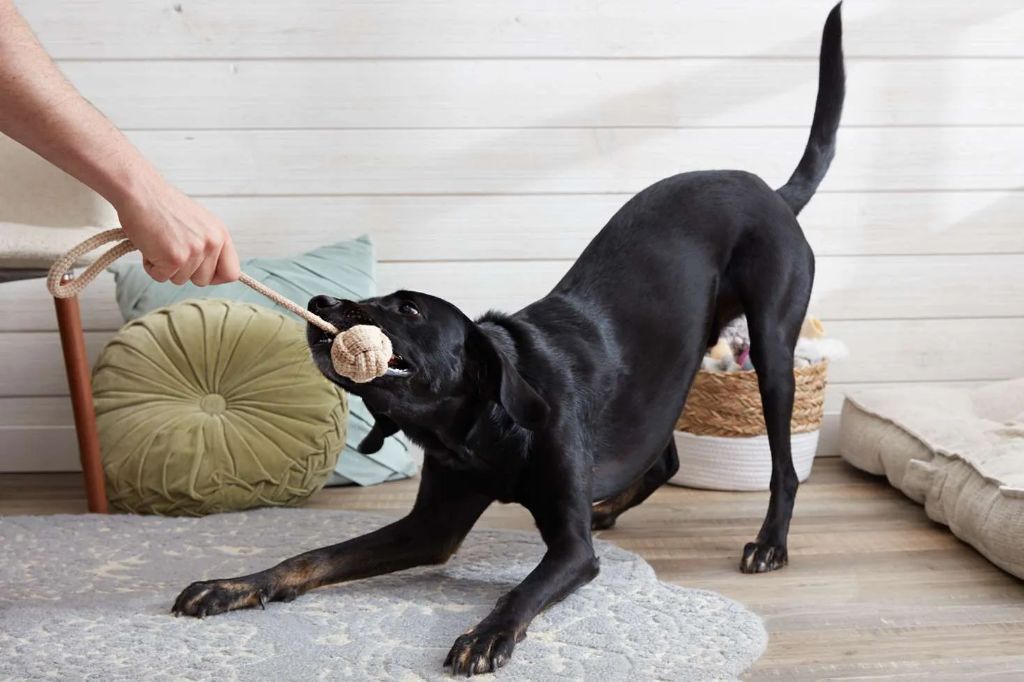
Use Praise as a Reward
One of the most effective positive reinforcement techniques is praise. When training a dog, use an excited, high-pitched voice and enthusiastic words like “Good dog!” or “Great job!” to praise desired behaviors. Praise shows your dog when they are doing something right. According to the Human Society, “Dogs respond best to praise—and food or toys. Positive reinforcement training uses a reward for desired behaviors. Because the reward makes them more likely to repeat the behavior, the pet will increase the desired behaviors.”1
When praising your dog, get excited and affectionate. Pet them, scratch their belly, and use an animated, happy voice. Combine praise with other rewards like treats for extra reinforcement. The more rewards offered together, the better. According to Praise Dog! Training, LLC, “It is not a corporately owned business or a franchise. It is reward-based.”2 Praise taps into your bond with your dog for motivation. The American Kennel Club recommends starting praise as soon as your dog is born and continuing it throughout their life.
Mark and Reward Desired Behavior
Marking and rewarding desired behavior is a critical component of positive reinforcement training. This involves using a “marker” like a clicker or verbal cue to precisely mark the moment the dog performs the desired behavior. The mark is then followed by a reward.
Clickers are a popular tool for marking desired behavior. As soon as the dog performs the wanted behavior, the trainer clicks the clicker. According to the AKC, the click marks the behavior and tells the dog a reward is coming. The reward, usually a tasty treat, is then immediately delivered. The clicker provides a clear signal that connects the desired behavior with the reward.
Verbal markers like saying “yes” or “good” can also be used instead of a clicker. According to Guide Dogs for the Blind, the verbal marker communicates to the dog the exact moment they performed the wanted behavior. The food reward is then immediately given after the marker. Consistent use of the marker builds a connection between the behavior and reward.
Precise timing of the mark and rapid reward delivery is crucial. The reward should come within 1-3 seconds of the mark to reinforce the correct behavior. This timing strengthens the association between the marker, behavior, and reward.
Reward Approximations and Effort
When using positive reinforcement, it’s important to reward even small steps toward the desired behavior. This is called rewarding approximations. For example, if you’re training a dog to sit, you would reward the first slight lowering of their hindquarters, then once that is consistent you would wait to reward until their hindquarters touch the ground. Eventually, you only reward for a fully completed sit. This process is known as “shaping” a behavior through successive approximations.
Similarly, you want to reward focus, effort, and attempts from your dog, even if they don’t successfully complete the behavior at first. So if your dog starts to offer a sit but gets distracted halfway down, reward them for initiating the attempt. Jackpotting – giving them several treats in a row – can help solidify the connection between the approximation and the reward. This teaches the dog that the process of working towards the goal, not just the end result, will earn them praise and treats. With enough practice rewarding small steps in the right direction, your dog will reliably offer the finished behavior.
As explained on the American Kennel Club, “Shaping is rewarding successive approximations toward a final desired behavior.” Rewarding effort encourages your dog to keep trying. Eventually those approximations will turn into fully realized behaviors through steady rewarding of baby steps in the right direction.
Use Variable Reward Schedules
One of the most effective positive reinforcement techniques is to use a variable reward schedule when training dogs. As explained by Dog Star Daily, with a variable ratio (VR) schedule, “the dog is rewarded after an unpredictable number of responses.” For example, with a VR10 schedule, the dog receives a reward after a random number of correct responses, anywhere from 1 to 10.
According to Canine Habit, the unpredictability of a VR schedule helps maintain a dog’s engagement and motivation during training. If rewards are delivered too frequently on a fixed schedule, the dog can become bored. If rewards are delivered too infrequently on a fixed schedule, the dog can become frustrated.
When first implementing a VR schedule, start with a low ratio (VR3-5) and slowly increase the variability and intervals between rewards as the dog masters the skill. The key is to phase rewards out gradually while avoiding a drop in motivation. A variable schedule allows you to maintain your dog’s enthusiasm while stretching the time and effort between reinforcements.
Phase Out Rewards
An important part of positive reinforcement training is slowly phasing out food rewards over time. This tests the dog’s reliability with the behaviors and transitions them to real-life rewards like praise, play, and access to environments or objects. According to Be A Slot Machine: How to Fade Out Treats in Training, you want to slowly increase the interval between rewards. For example, reward the dog every time at first. Then start rewarding every other time, then every third time, and so on.
Make sure to vary when you reward and don’t establish a predictable pattern. You want to reward intermittent successes to keep the dog motivated. Watch the dog closely during this phase and if they start to lose reliability, increase the reward frequency again. The goal is to eventually reward successes sporadically to simulate real-life reinforcers. But you need to proceed gradually based on the individual dog’s progress. With patience and consistency, you can phase out food rewards while maintaining the trained behaviors.
Conclusion
Positive reinforcement is one of the most effective methods for obedience training dogs. The techniques discussed in this article including ignoring unwanted behaviors, using food, play, and praise as rewards, marking and rewarding desired behaviors, rewarding effort and approximations, using variable reward schedules, and phasing out rewards have all been shown to be highly successful for motivating dogs to learn commands and display obedience.
The key is to remain positive, patient and consistent. Positive reinforcement training creates an environment where the dog is eager to learn and pleased to follow commands. This results in a strong bond built on trust and cooperation between owner and dog. With time and consistency, the dog will become reliably obedient without needing constant rewards.
While training a dog takes dedication, the payoff of having an obedient and well-behaved companion is immense. Putting in the effort to positively reinforce desired behaviors results in a trained, happy dog and a fulfilling relationship. Consistency and positivity are vital to see lasting results. With persistence and proper techniques, positive reinforcement paves the way for obedience.

